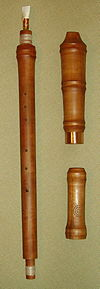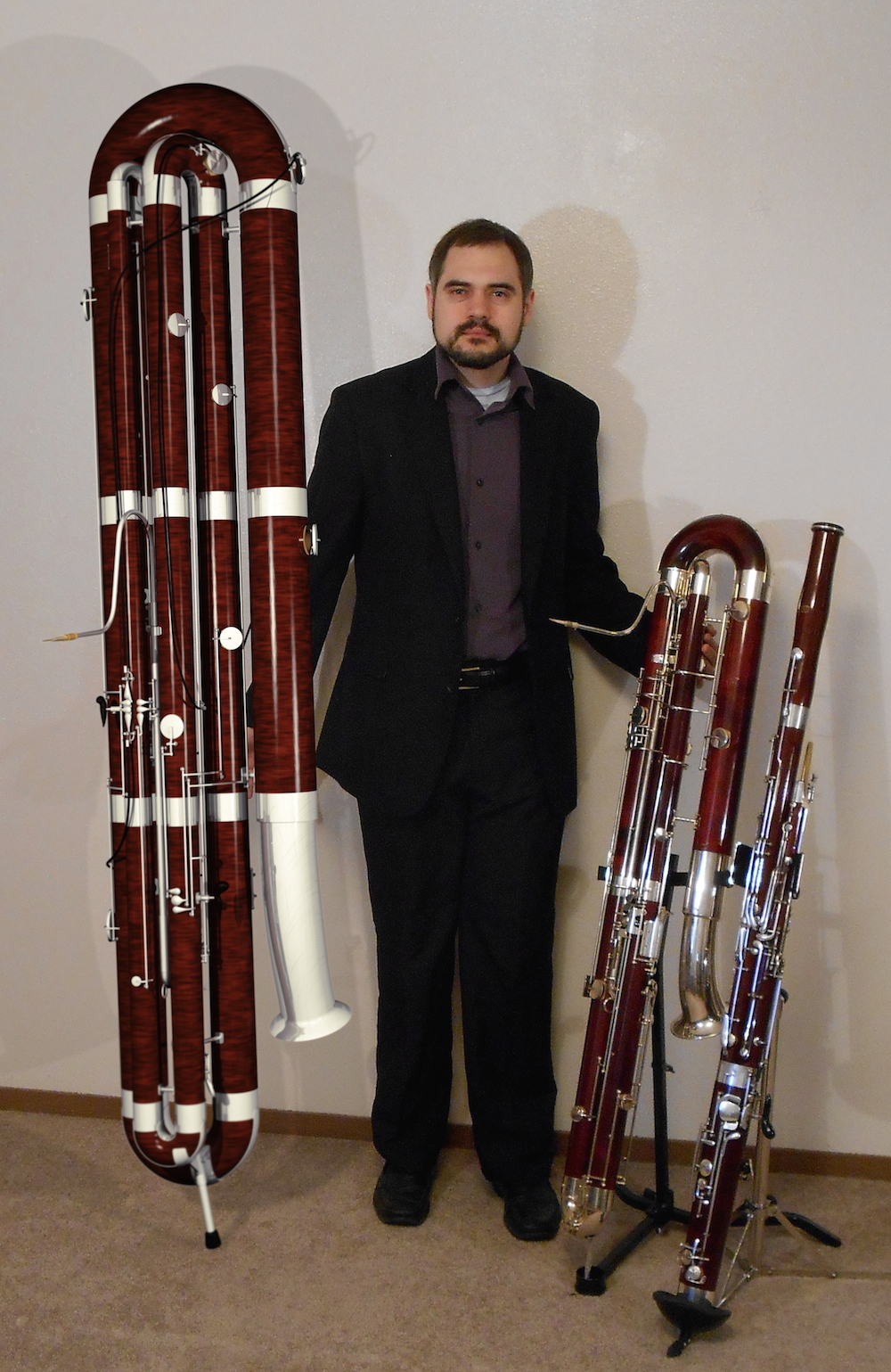
These devices are generally known to as thé 'basson,' and are stated to become of the 'Frénch-style,' in contrast to the 'German-style.' Nevertheless, it'beds accurate to state that the overpowering bulk of devices in use today are of the German style. In France, on the some other hand, the traditional construction of the bassoon has made it throughout its lineage to modern musical instruments. Musical instruments in the German-style have got distribute across Italy, the U.T. The fruit of these efforts, transferred down via musical technology instrument creator Johann Adam Heckel who proved helpful with Almenräder, have now come to end up being known as the Gérman-style (Heckel-styIe) design of bassoon. Thé bassoon at thát time typically got 8 keys, but Almenräder increased the number of keys, making recurring innovations like as improving the component of the device where its tube bends back again on itself, recognized as the 'U-tube', producing the message less difficult to control, and improving the device's volume.

In this instance, our marks could be used as a consistent reference point.In the initial half of the 19th millennium, German military bandmaster Carl Almenräder started efforts to improve the bassoon. We made sure not to include any hard ledges along the length of the forming pin so that our users have the option of deviating from our marks if they so choose.

When the bassoon plays in unison with the high woodwinds in their low registers, the sound is always dominated by the latter. The combination with the deep oboes, on the other hand - the English horn and the Heckelphone - is very homogeneous. Loveletter by Martin Kuuskmann After 18 years of playing a Heckel bassoon, I felt to need to change.

It is made of a length of arundo donax cane that is shaped, folded over, bound, shaped again, then cut to create a double reed shape with a small cavity inside. The bassoon reed is a highly personalized part of the instrument that is often handmade by more experienced players. Sensing a need for a product which would allow one to monitor consistent forming depths as well as post-bevel depths, we took average measurements of over 100 recently formed and finished reeds to determine where on the forming pin a bassoonist could form his/her reeds to add another element of consistency to one's reed-making.Įach forming pin is laser-inscribed with two lines: one which marks a recommended forming depth, and one which marks a recommended depth after performing the beveling process. The bassoon is dominated by the more incisive and reedy sound of the oboe. The reed vibrates to produce the initial sound wave in the bassoon. The bassoon range of this instrument is four octaves. It got its name from JA Heckel and his family who continuously refined the design for generations. The Heckel system was developed in the early 1800s and features a 17-key design. Our forming pins, designed by bassoonist and LC Double Reeds' co-founder Conrad Cornelison, can be used with any shape of bassoon cane, have been thoughtfully designed with the Herzberg bassoon shape and "Herzberg Bevel" technique in mind. Today, the bassoon is available in two forms: the Heckel (German) system and the Buffet (French) system.


 0 kommentar(er)
0 kommentar(er)
